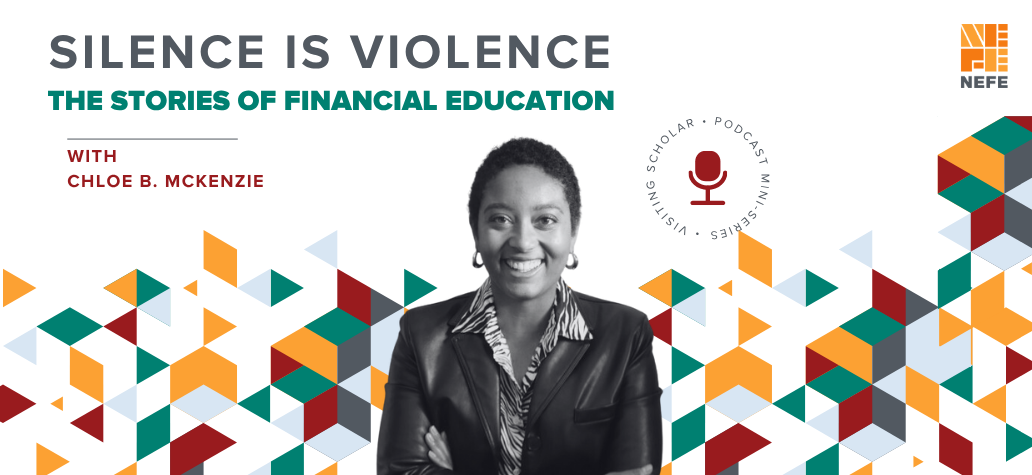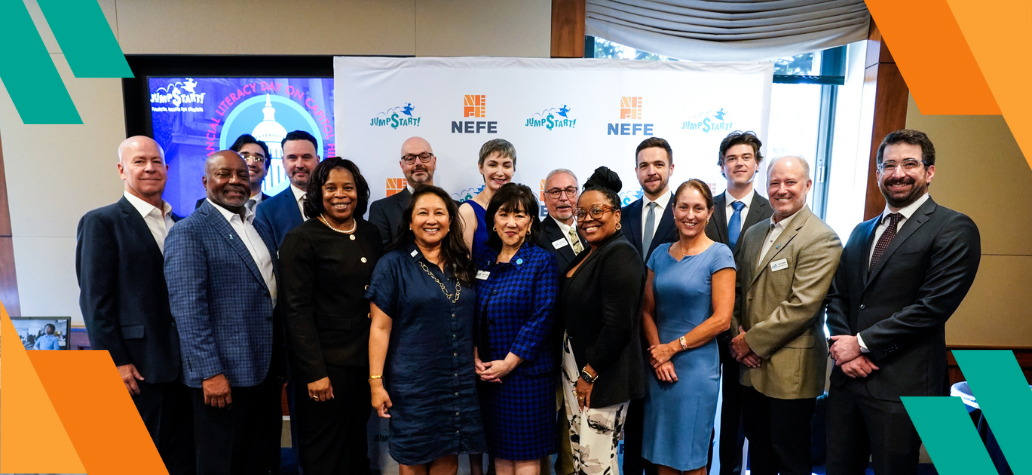How familiar do these facts sound?
- An overwhelming number of Americans think training should be covered at public schools.
- Different states have different requirements, some based on needs in the community, while others are based on what the legislature is willing to pass.
- The lack of this education has left students more unprepared than ever before.
- Curricula is considered outdated due to lack of updates (despite the evolution of the topic).
- Third-party organizations are exploring new ways to advance the field.
- The advent of technology and the role it plays in education is being addressed.
While this reads like a list of issues we face in financial education, this happens to be commentary from experts and policymakers describing driver’s education in the United States.
The difficulties shared by the two educational sectors have similarities, creating the potential to learn from each other to create meaningful impact. For example, some of the most effective financial education meets individuals and groups where they sit, customized to ensure it is practical, engaging and acceptable to the community it is serving. Driver’s education operates in a similar fashion, tailoring the requirements and training to correlate with what drivers will encounter in their community.
Unfortunately, another common bond is each field’s struggle to be seen as essential. In the 1970’s, 95% of students had free access to driver’s training. That has evaporated down to just 10 states offering free training now, according to the American Driver and Traffic Safety Education Association.
One area where the paths of these two educational paradigms diverge is the promised reward each offer. A driver’s license is a rite of passage learners see at the end of the training and is the reason students are willing to take the required courses. While the financial education field would like to think that knowledge and a path to financial well-being is its own reward, that can be difficult to sell. Because of similar challenges, these two fields can learn from each other’s successes in order to improve impact.
Driver’s education is just a single example. When we discuss impact—how to create, maintain and measure it—we must look beyond our own industry silo. Our issues are unique, but are not unheard of, and many have faced similar obstructions—whether it is in the form of legislation, community engagement or content. To better expand financial education’s reach and impact, we should investigate what similar fields are learning, encountering and fighting. By broadening our horizons, we can establish a path for creating true impact.



